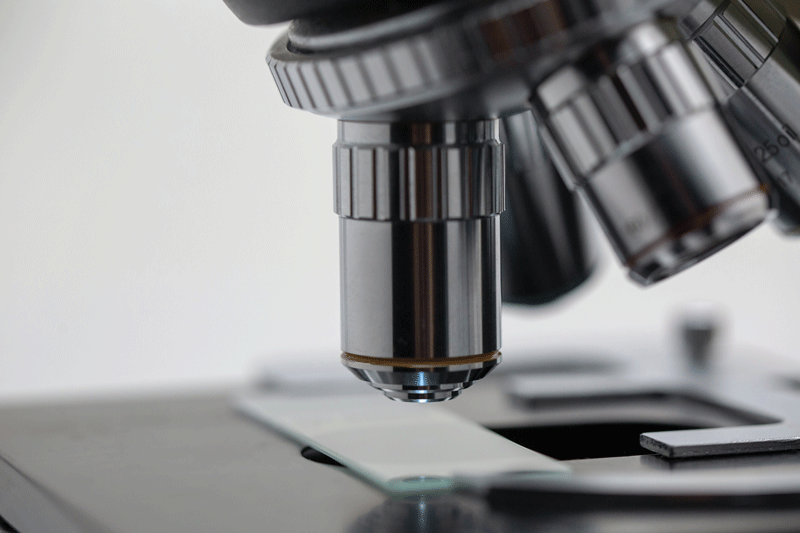Deep learning algorithms assist in identifying microplastics in human body
Researchers from the Kazan Federal University (KFU) are using deep learning algorithms to identify microplastics in the human body.

‘If one wants to evaluate the effects of microplastics on humans and animals, then among the primary instruments will be a technology to detect microplastics in the organisms or cells. We tried to find out which plastic particles penetrate better into living cells, which ones are more detrimental, where they are localized, and how to distinguish one type of plastic in the body from another,’ says Dr. Gölnur Fakhrullina, Research Associate of KFU’s Bionanotechnology Lab and the principal investigator of this project.
The technique used in the publication is based on the imaging the live cells using dark-field microscopy. The imaging data is then sifted through deep-learning algorithms which help to identify the particles in cells.
‘For the model study, we used polystyrene particles pigmented by various dyes and incubated together with human cells. To visualize the particles in a suspension and within the cells, we used high contrast dark-field microscopy at high magnifications. The data were then uploaded into a residual neural network (ResNet) for learning and testing. The neural network model appeared to determine the class of particles with an accuracy comparable to that of spectral analysis,’ adds Fakhrullina.
The applied method can be used to screen microplastics in a variety of samples. It’s very sensitive and can reduce the time-consuming data acquisition and processing steps characteristic to hyperspectral imaging, which can be omitted in this case.
‘Dark-field microscopy provides images having a large number of distinctive features for very small objects. In a bright field, microparticles are either not visible at all or seen as homogeneous spots, having no discernible features. The more information about particles is contained in the pictures, the simpler it is for the neural networks to handle them, and the results are better,’ explains Ilnur Ishmukhametov, co-author and PhD student at the Bionanotechnology Lab.
The accuracy of detection for 1-micron polystyrene particles was 93%. Importantly, the technology may further be improved by making the AI algorithms more efficient.

